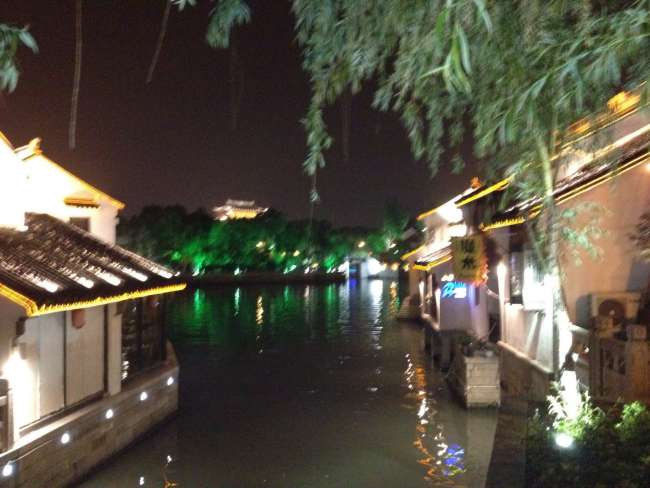Walking in the Rain
Argitaratu: 23.05.2017
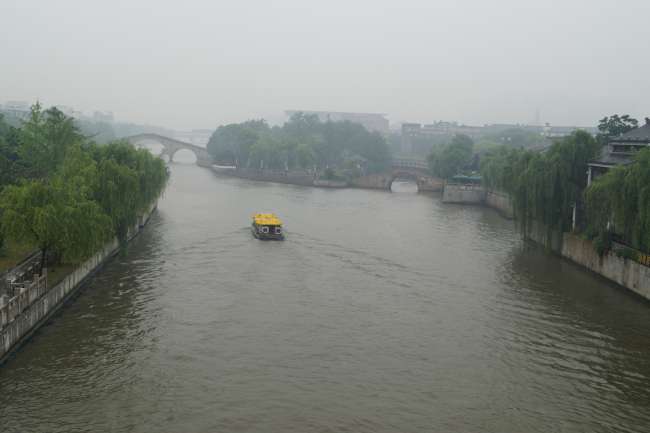
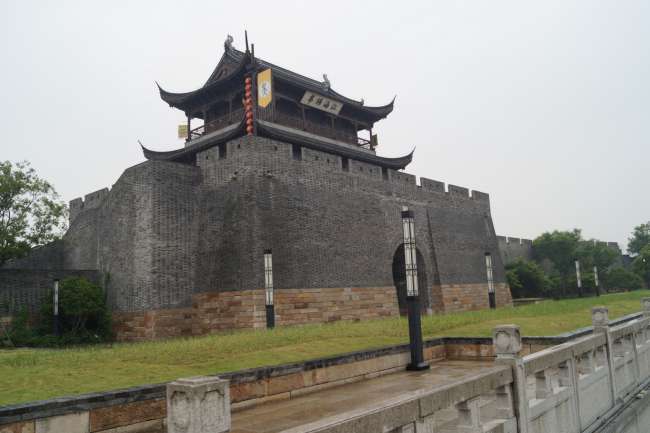
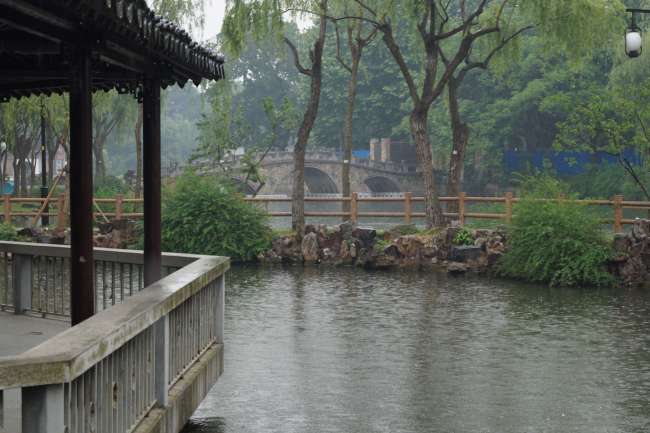
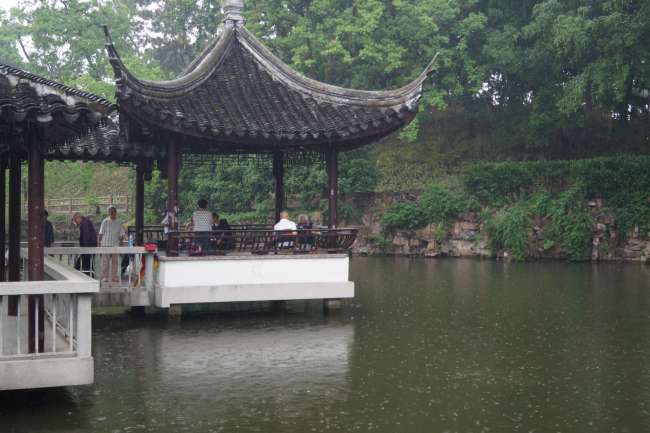
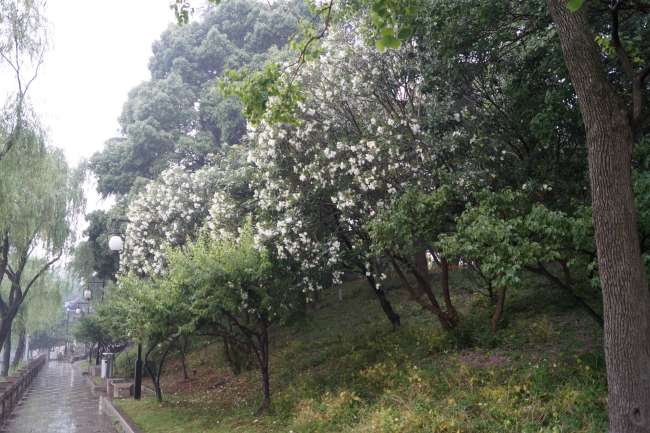
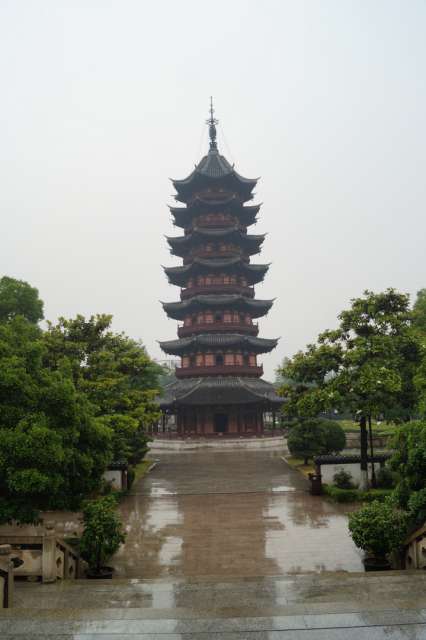
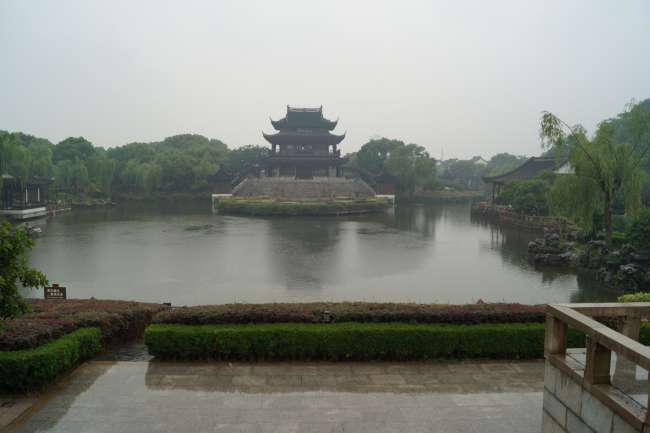
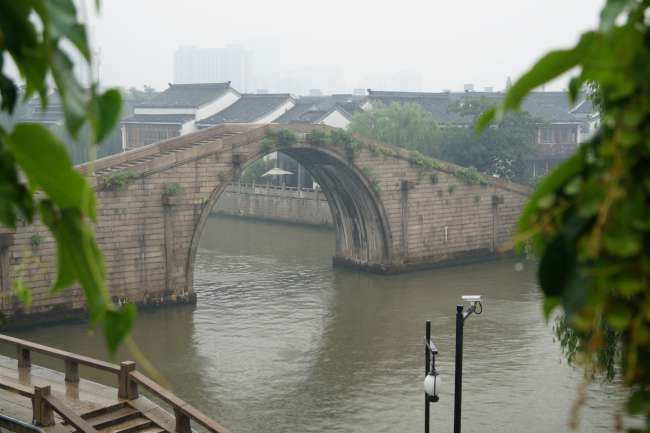
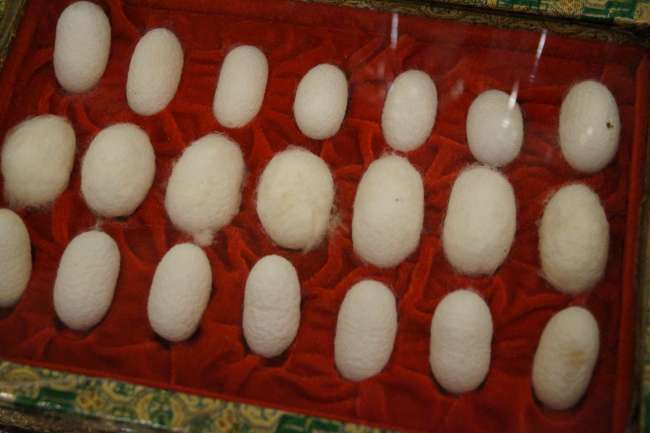
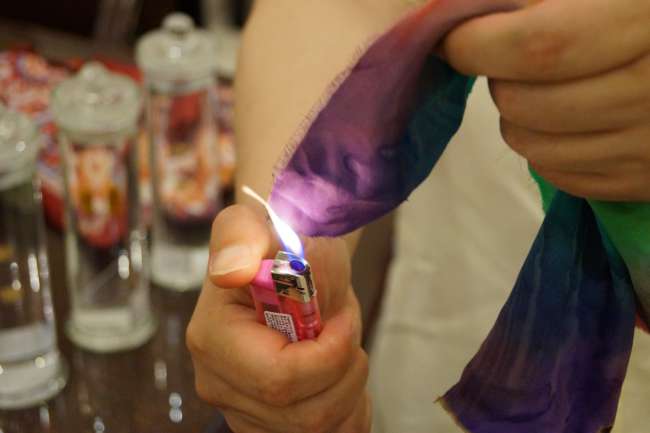
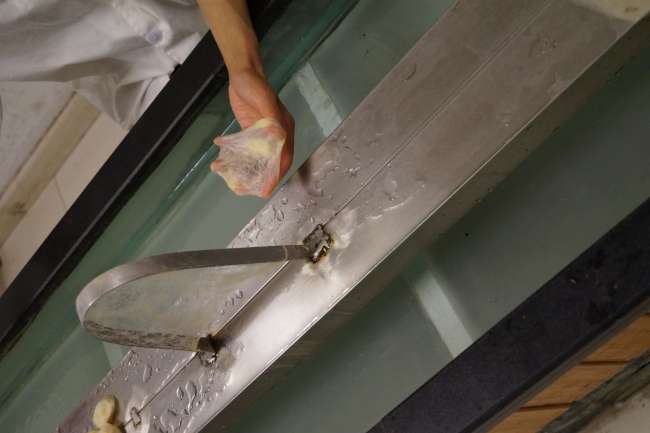
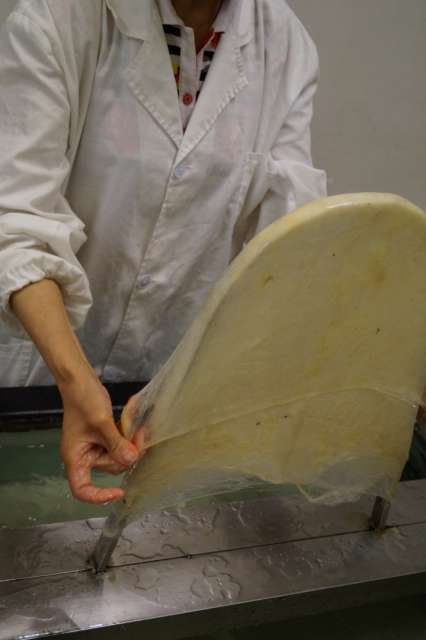
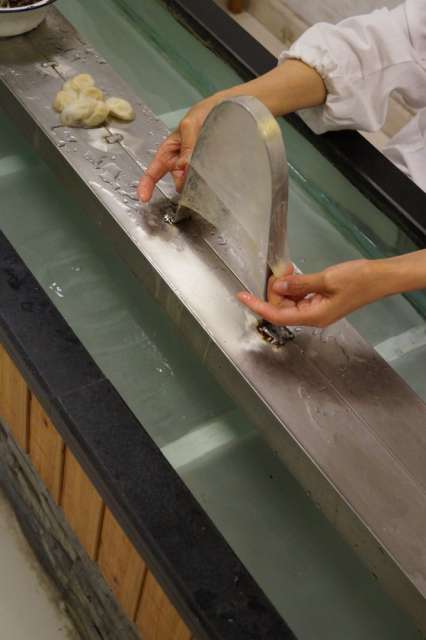
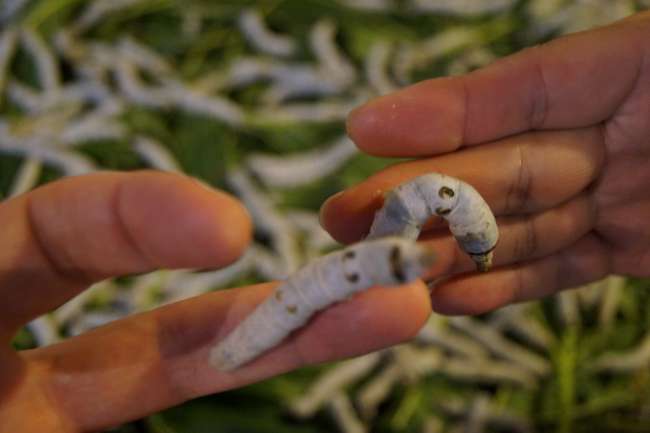
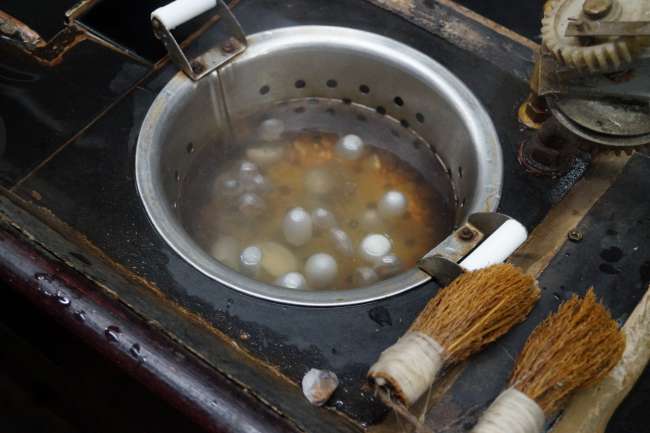
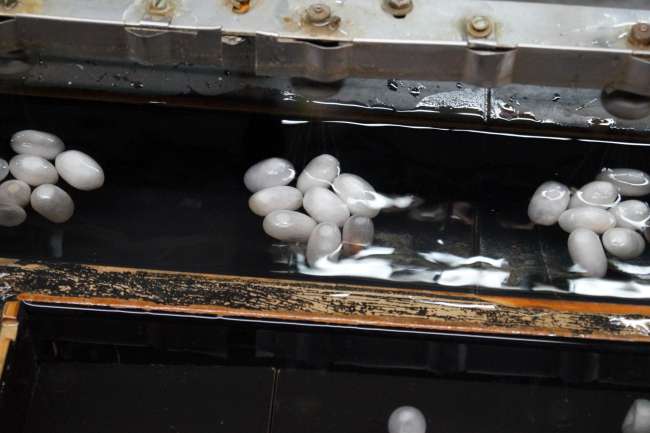
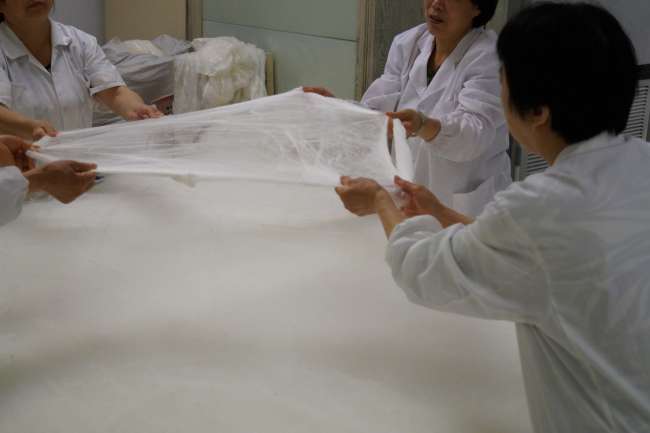
Harpidetu Buletinera
Rain was forecasted for today, luckily it is supposed to be the only rainy day of the trip. The rain actually came on time and heavy tropical rain accompanied us all day long.
Nevertheless, there were some outdoor activities planned for today. First, we went to the old city wall, which is currently being extensively restored by the municipality. All 8 city gates as well as large parts of the wall are to be rebuilt. That's quite a lot, considering that the wall enclosed an area of more than 14 km² 2,500 years ago. In front of the wall there is still a fairly wide moat that surrounds the entire old town. I would estimate it to be almost as wide as the Main river in Frankfurt, so quite substantial.

The city gates were divided into two parts, there was an outer and an inner gate. So, if you had made it through the water and overcome the first gate, it became really difficult because then the intruders were shot from all sides while struggling to open the second gate.
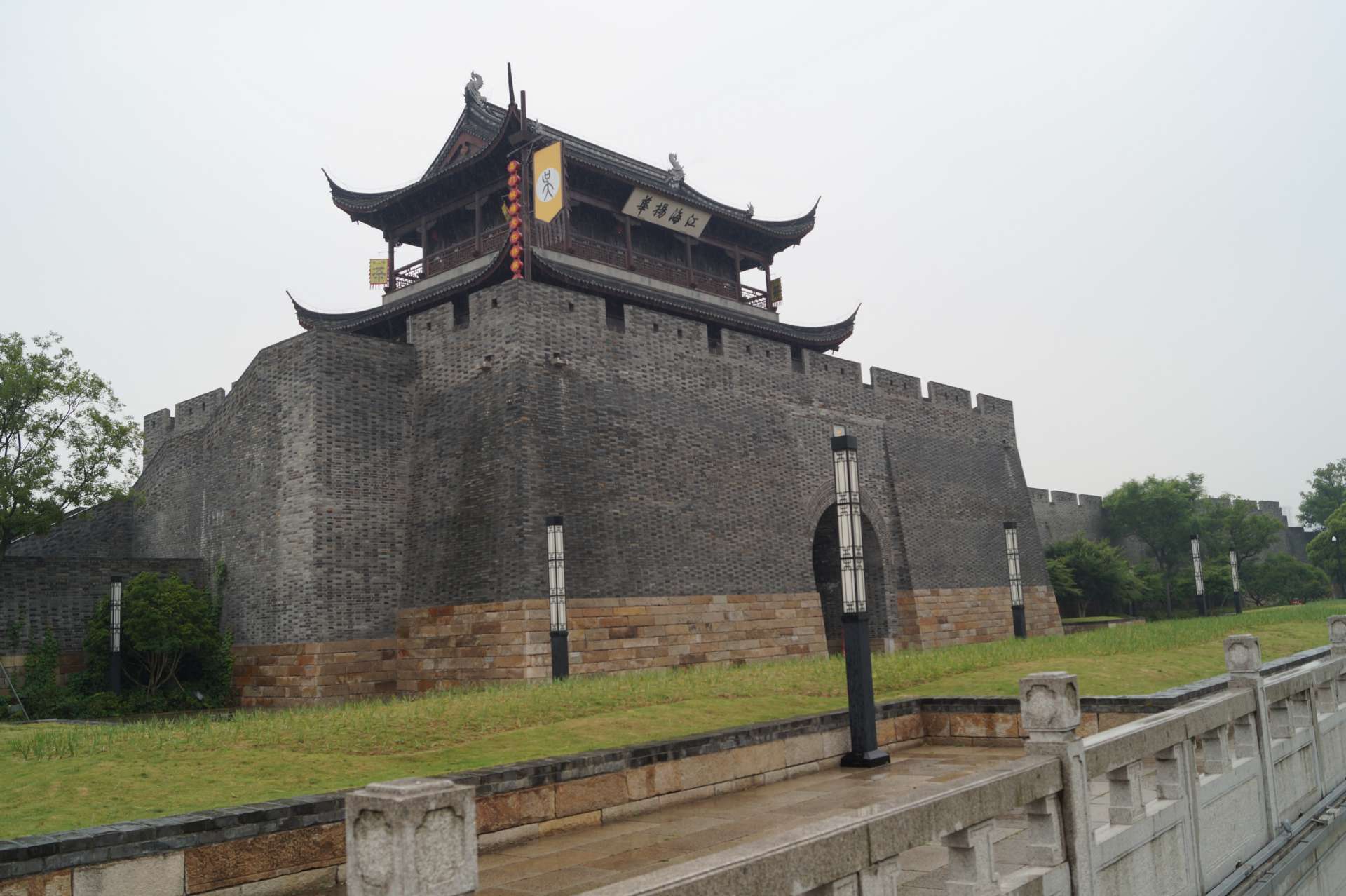
A park has been created along the entire city wall, which is intended to provide recreation for the city's residents. It is very successful and there are a variety of historical pavilions and tea houses. In addition, there is the opportunity to rent pedal boats, go fishing, etc. In the morning, many elderly people sat in the pavilions and tea houses to talk. There were also some who practiced Tai Chi or other exercises.
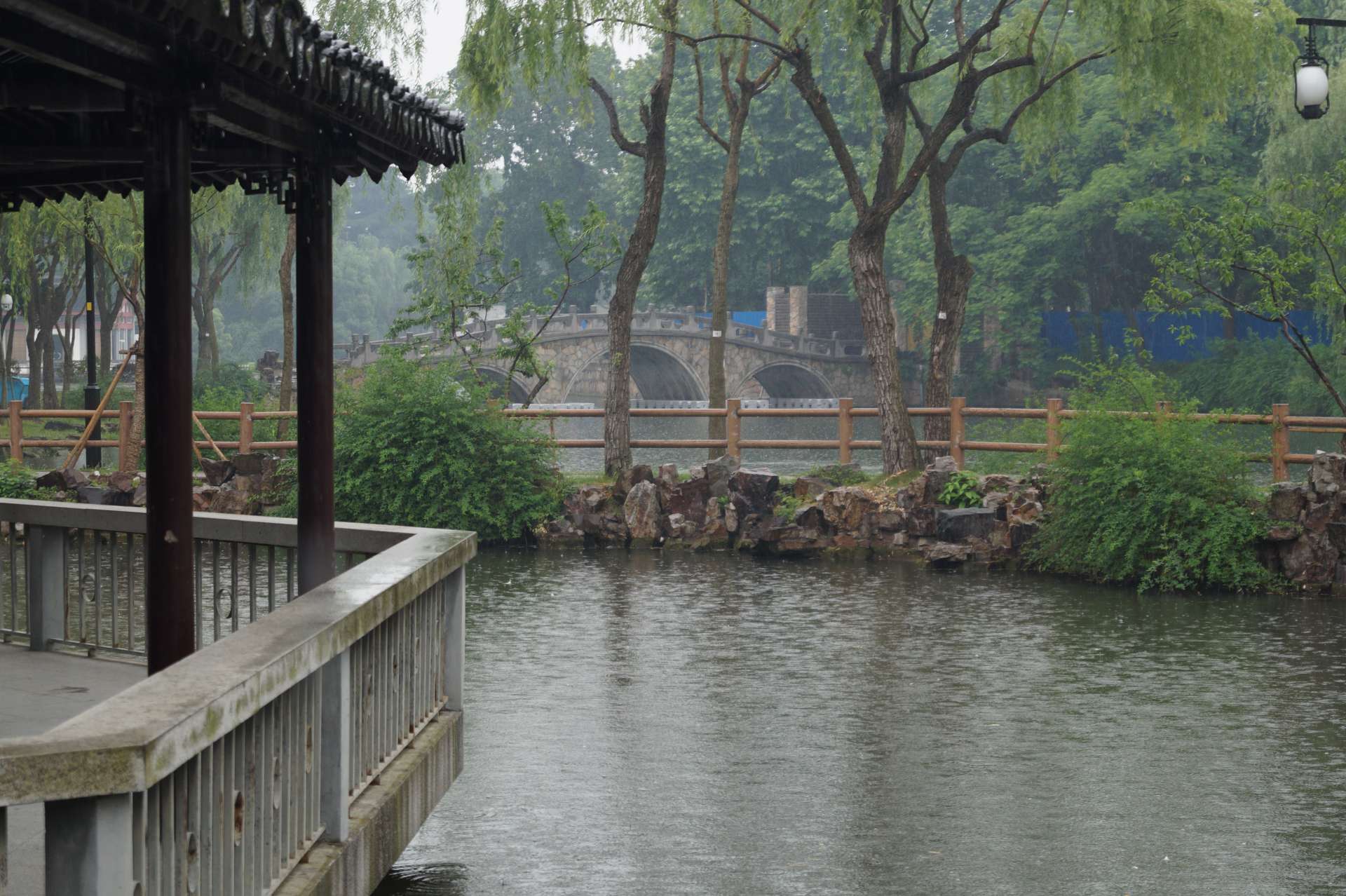
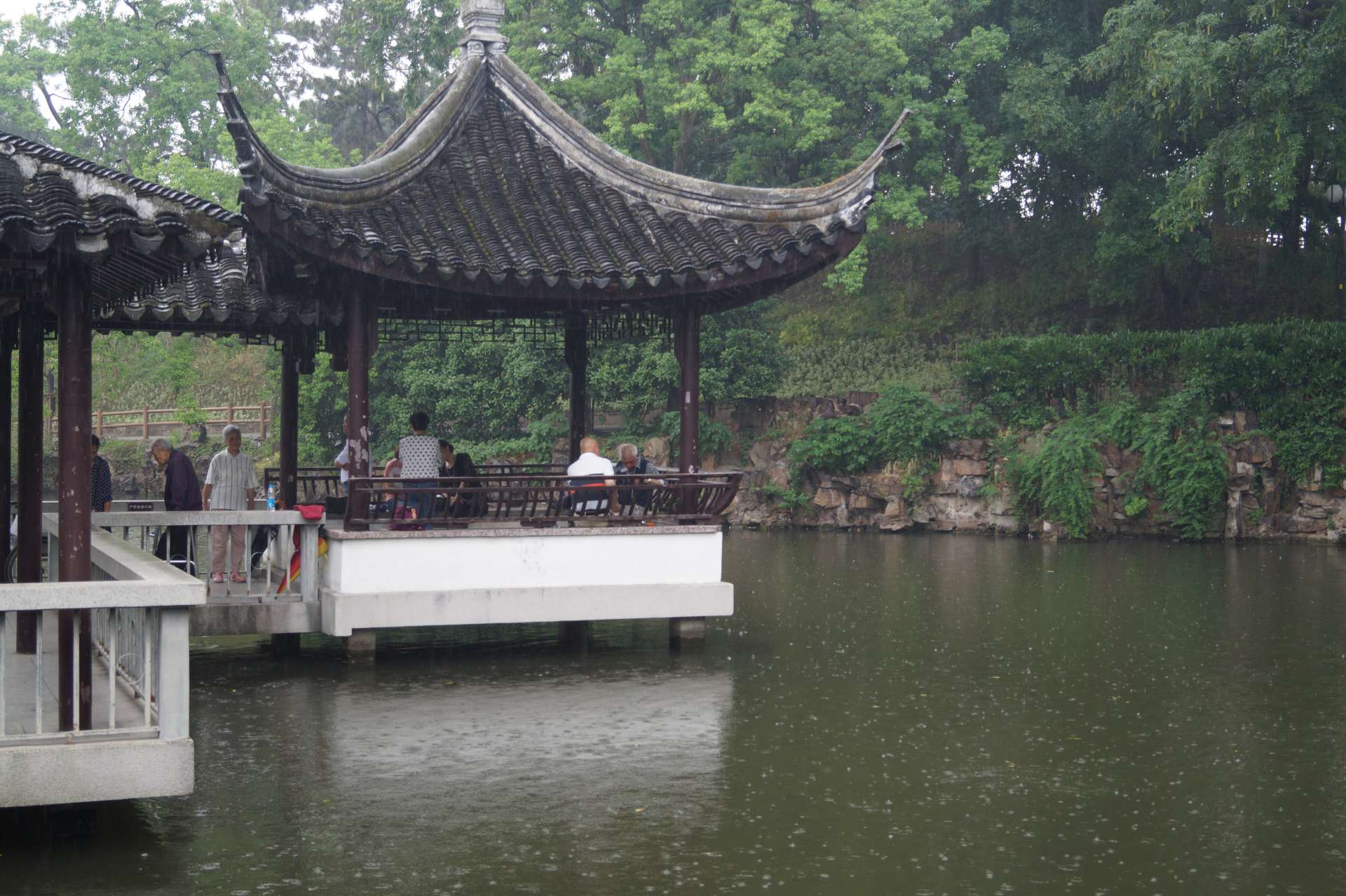
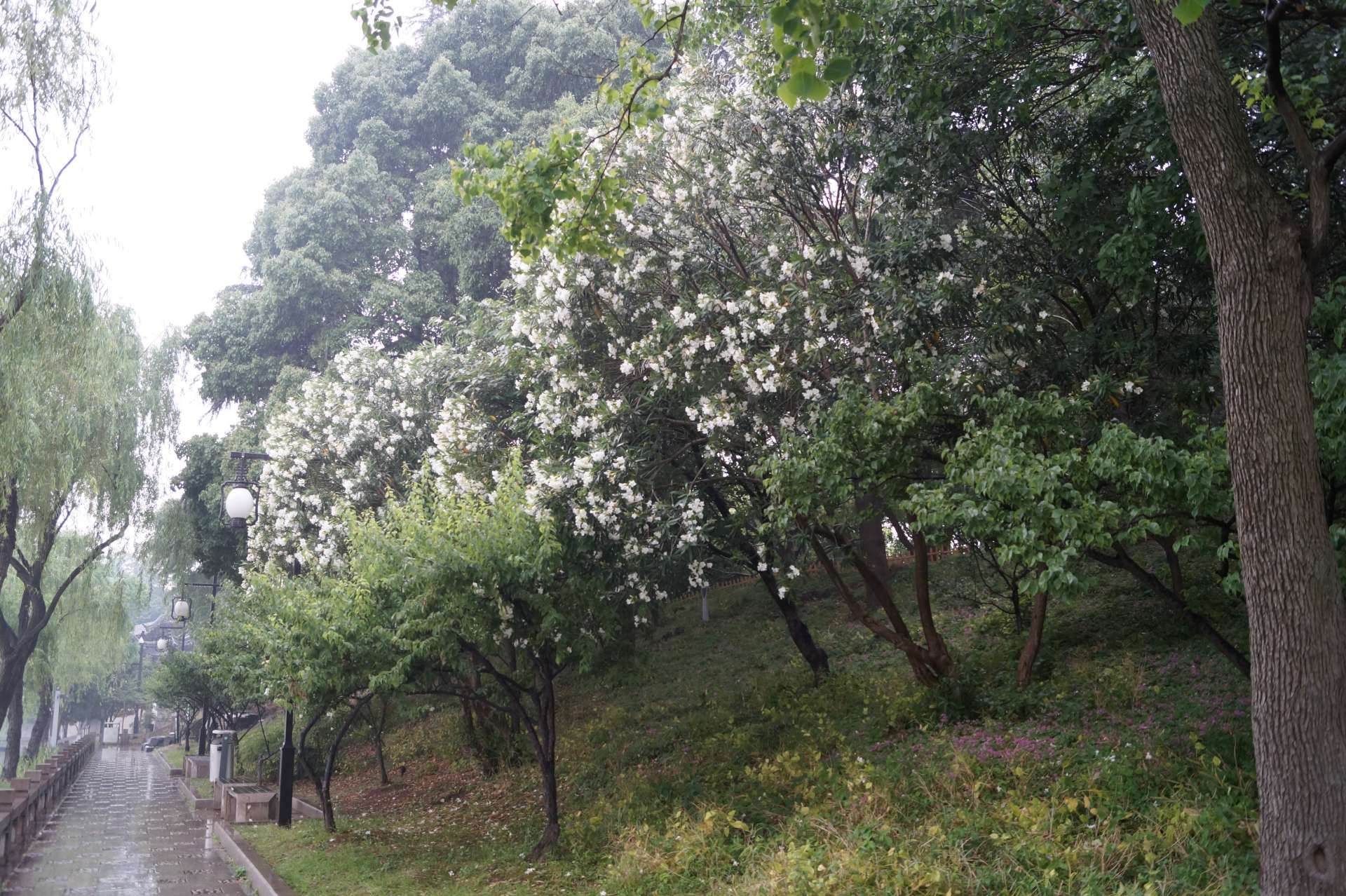
On the right side, you can see an oleander bush that grows here everywhere and reaches a height of about 5 meters.
At the end of our walk along the city wall (only a small section, of course), there was a museum about the history of the wall in the western city gate, with some models and many pictures of Suzhou from the 1930s. This gave a good impression of how the city has developed since then. In the photos, for example, you could see that outside the walls there were mainly large rice fields. Now, as far as the eye can see, there are modern high-rise buildings (they are prohibited in the old town).
After the museum, we went for lunch, this time to a Muslim restaurant. The food is significantly spicier than in Suzhou. It was very good, but we prefer the original Suzhou cuisine.
Strengthened by lunch, we had to go out into the rain again. We visited the oldest city gate "Pan Men Gate" and a pagoda with temple, which together form a museum. Here we found that the rain gave the old buildings a very special atmosphere. This cannot be captured in the pictures.
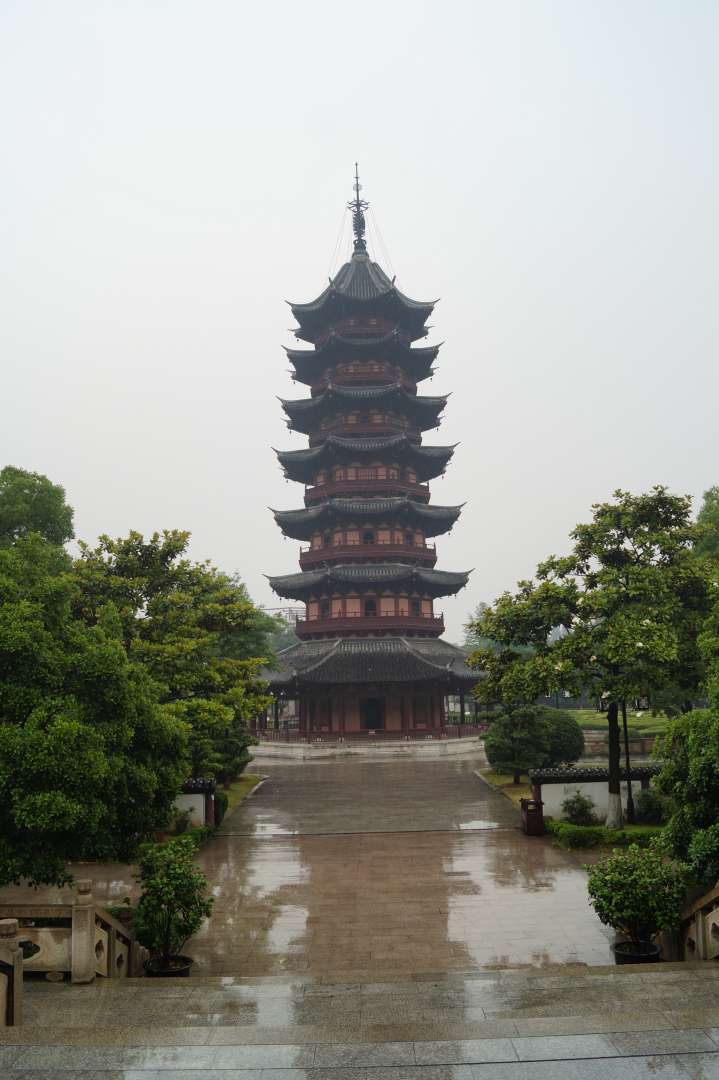
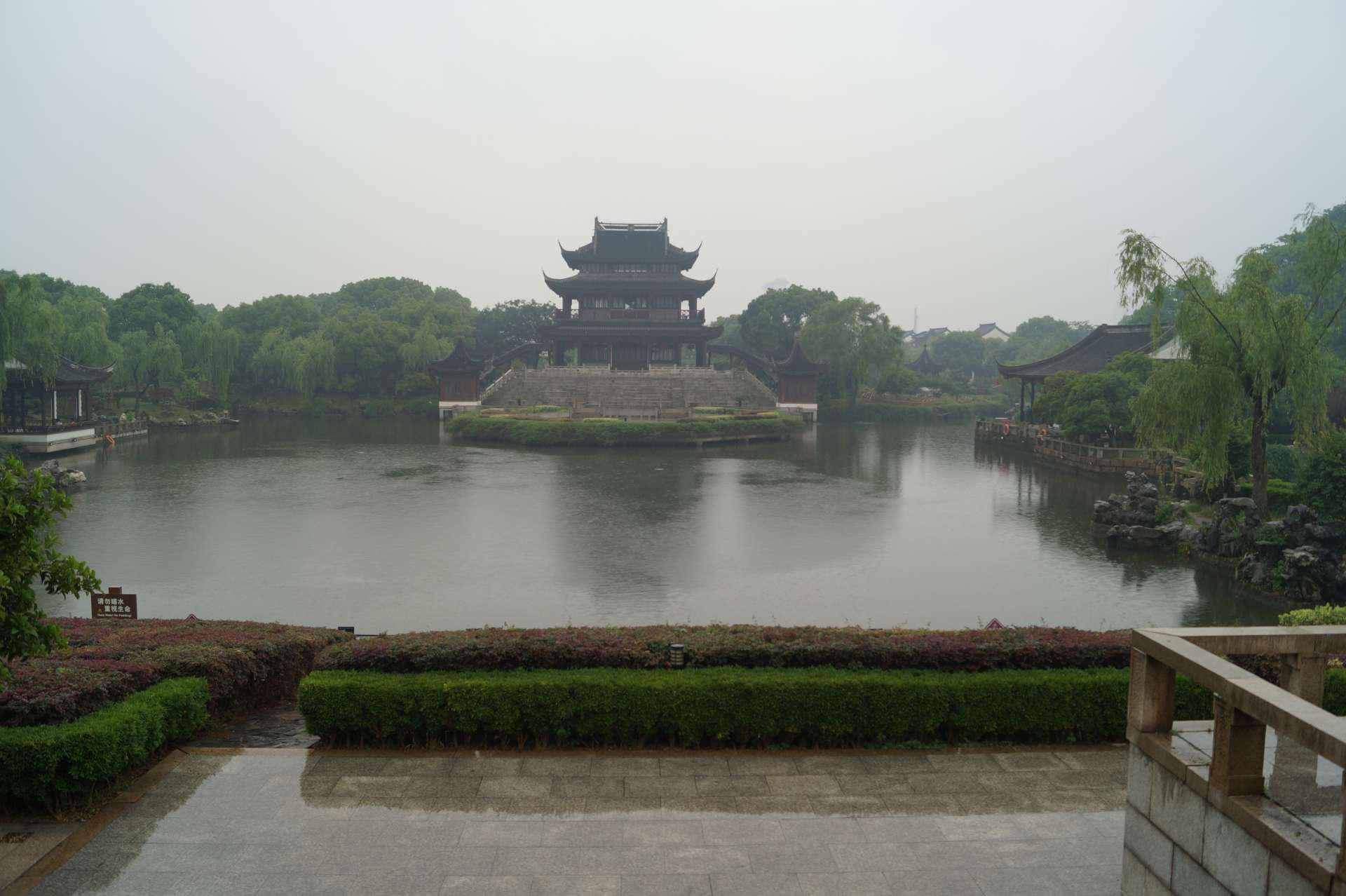

After so much rain, we went to a covered area. In a state silk factory, we watched the silk production process. The test of whether something is made of silk or not was particularly nice. It is enough to ignite the fabric with a lighter. If the shop owner does not want this, the expensive fabric is probably polyester.
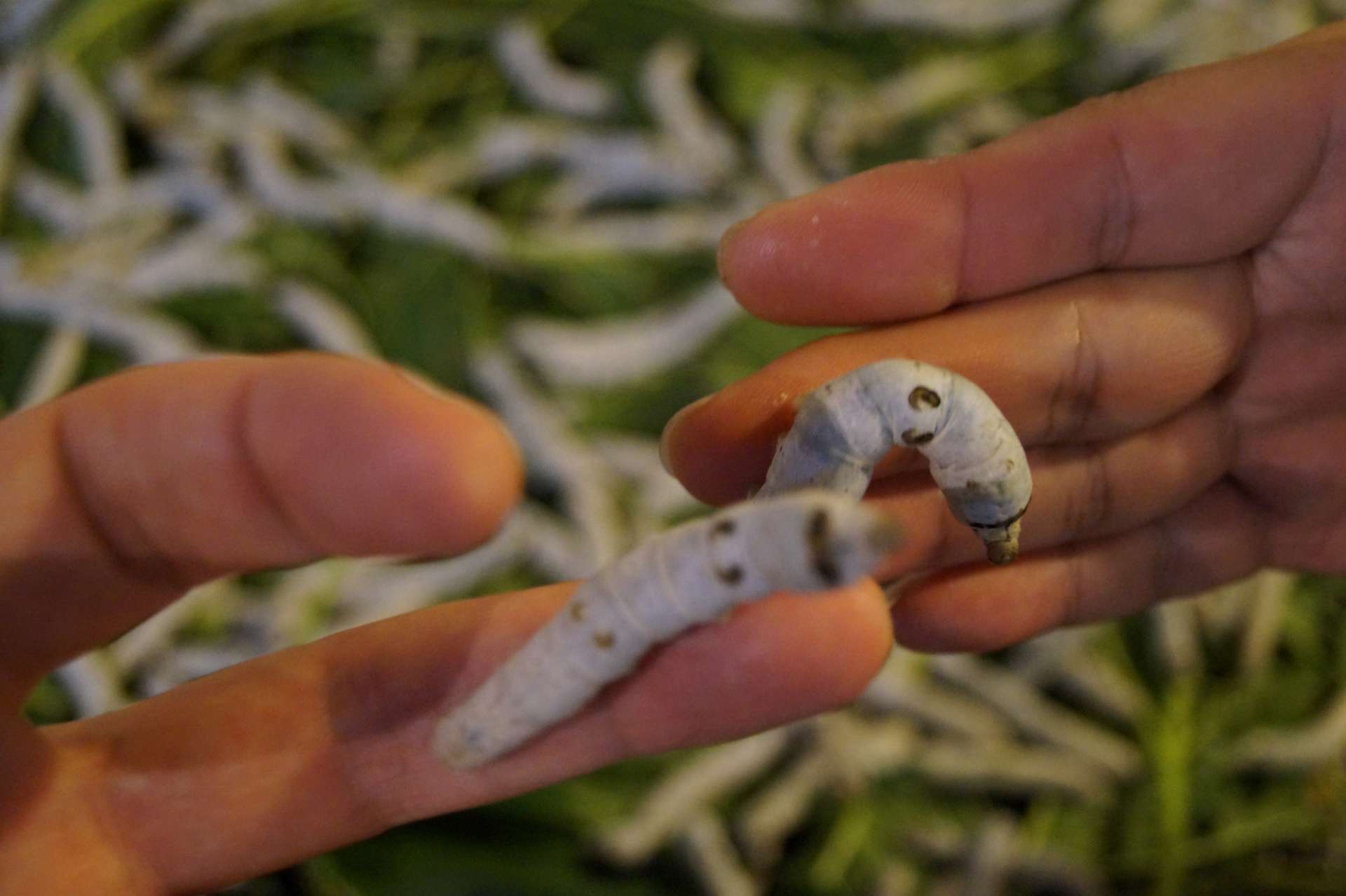
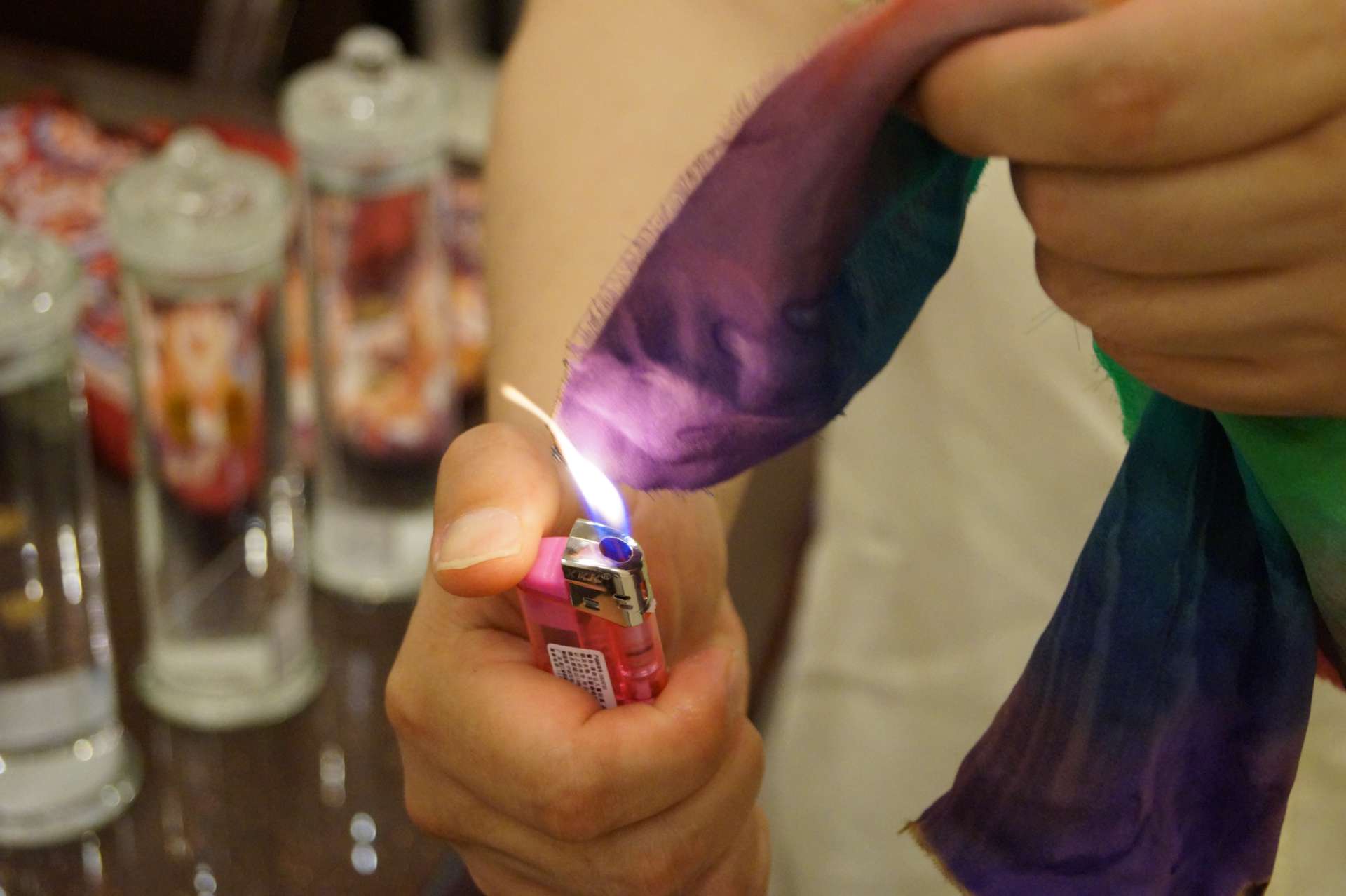

The silk cocoons are first boiled and then the thread is unwound. The thread is very strong and easy to work with. After it has been wound onto reels, it can be dyed and further processed. Due to its robustness, silk can be woven well on machines.
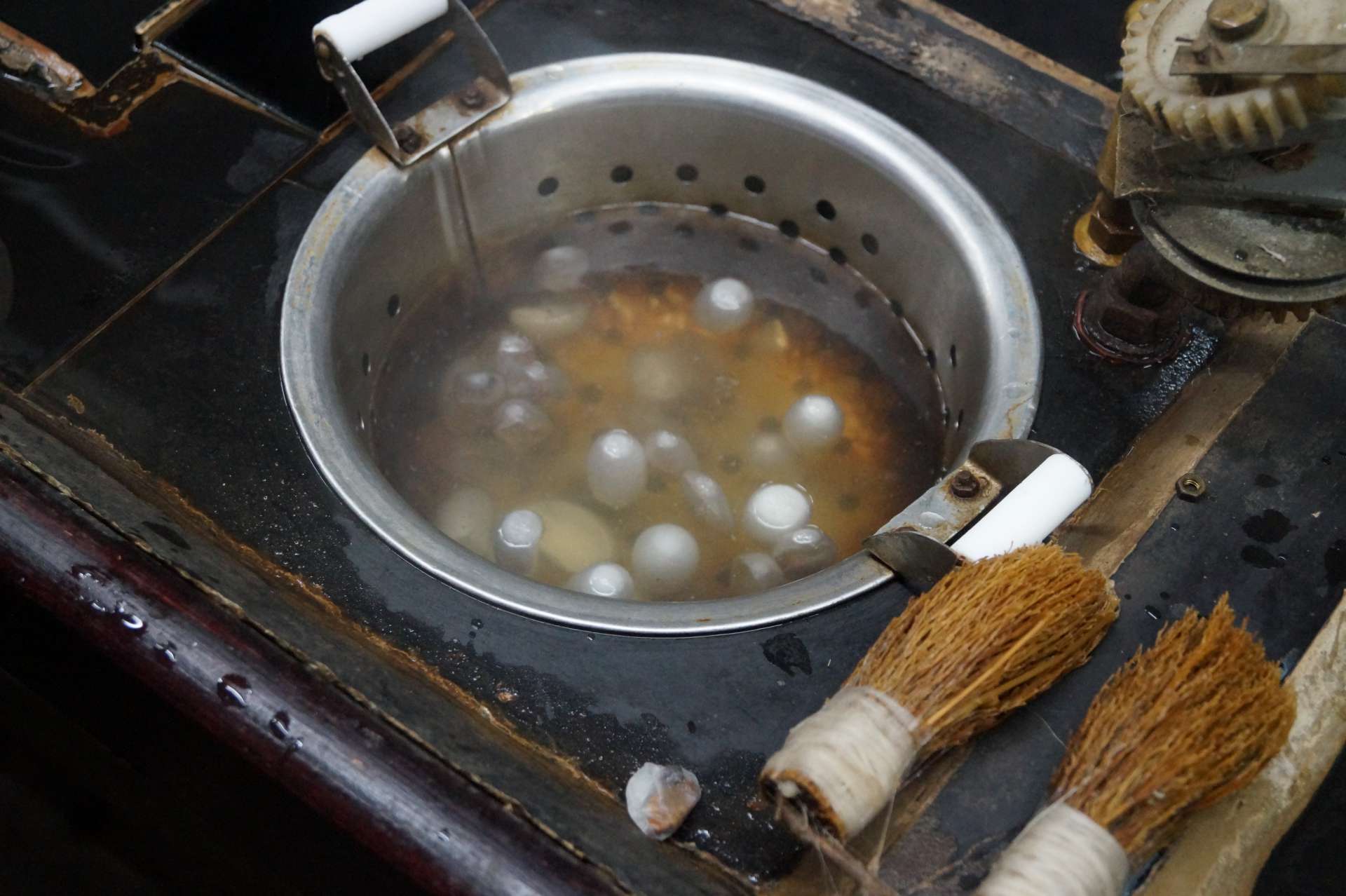

Larger cocoons are also processed into duvets. They are stretched in three steps to about 2 x 2 meters and placed in many layers on top of each other. Silk duvets are cooling in summer and warming in winter. Unfortunately, they are very expensive in Germany. Even in China, good silk duvets are not a bargain, but still reasonably priced compared to Germany.

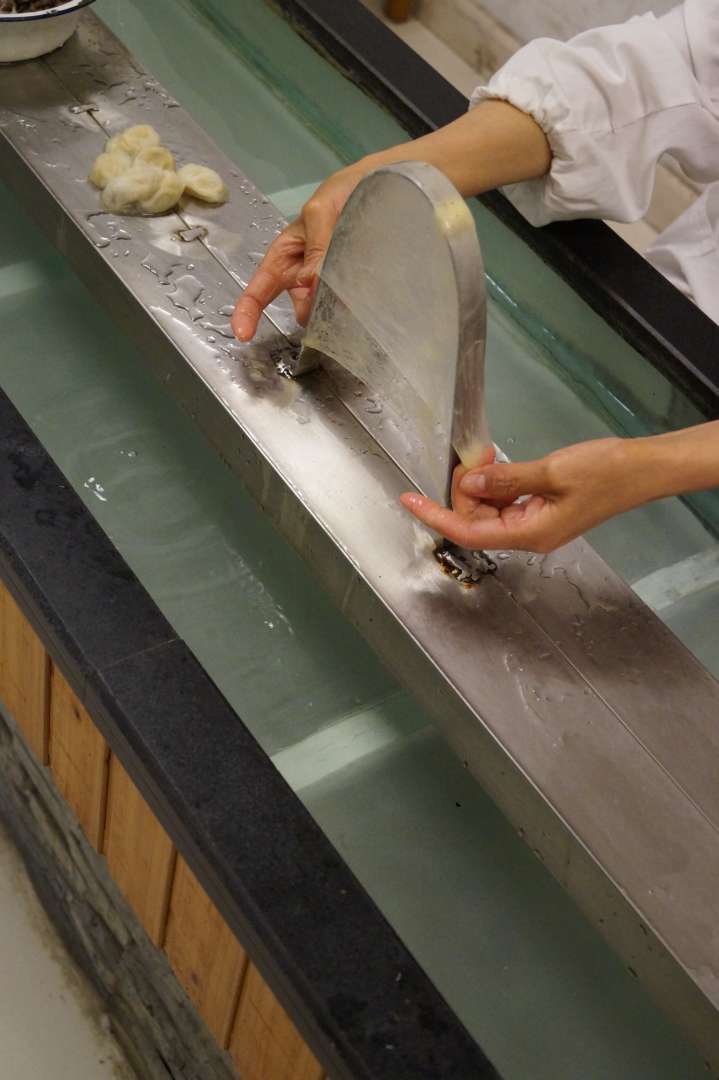
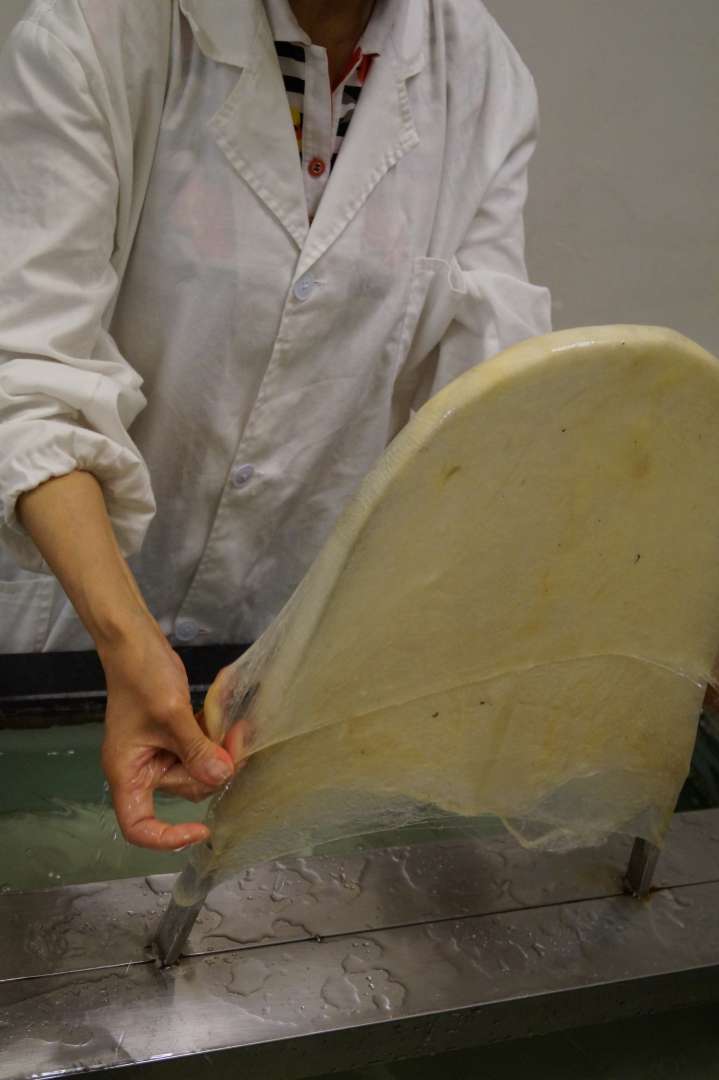
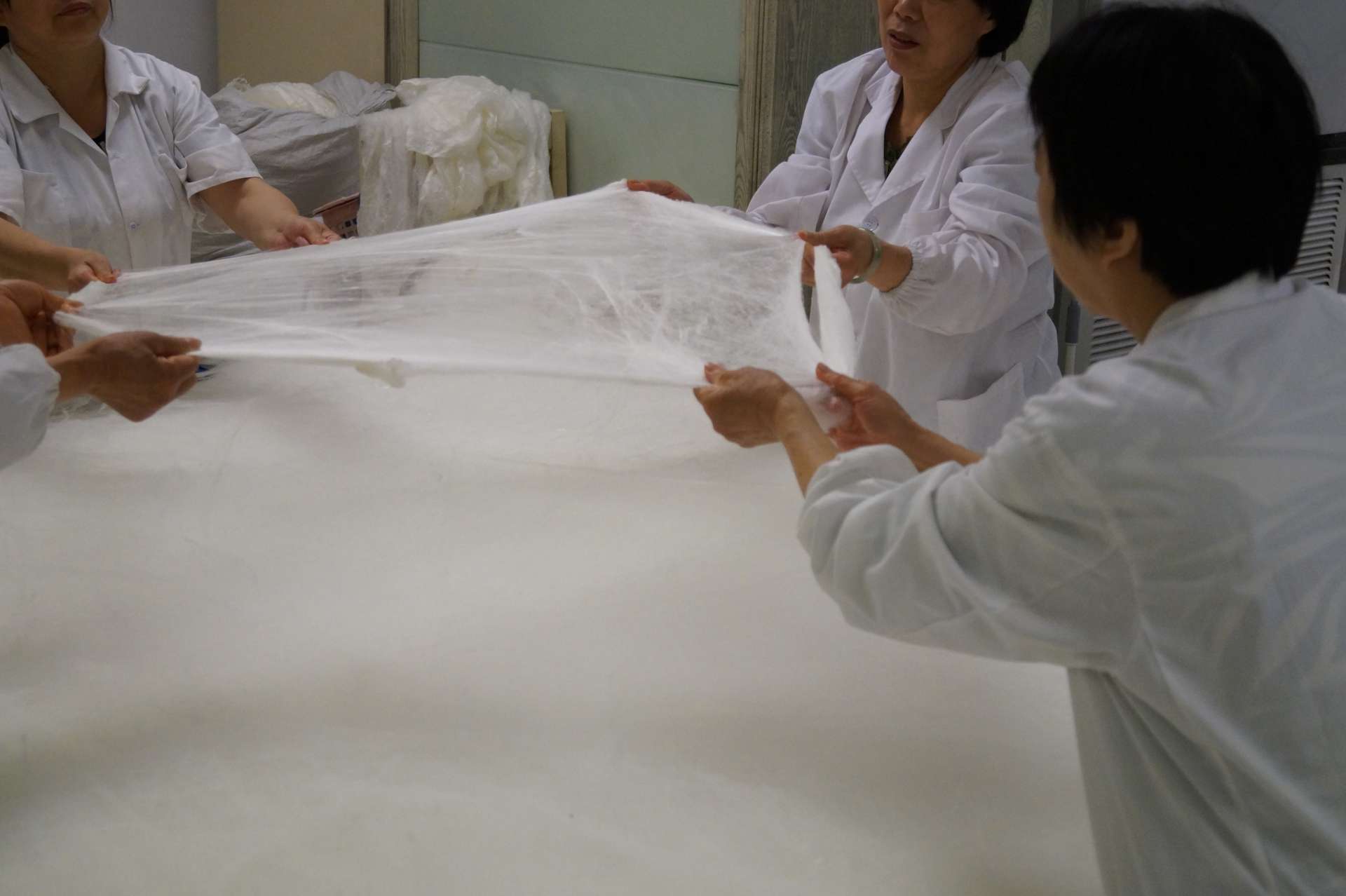
After the silk factory, we were done for the day and spent a quiet evening at the hotel.
Harpidetu Buletinera
Erantzun (2)
Helga
wie gut das du den Blog schreibst, so viel kann man sonst garnicht behaltenl, unglaublich interessant!!!!!!!!!!!!!!!!!!!!Nicole
Das sieht verdammt aufwending aus mit der Seidenproduktion. Darf man in China Seide kaufen und dann nach Deutschland einführen? Oder muss man das dann alles teuer verzollen?
